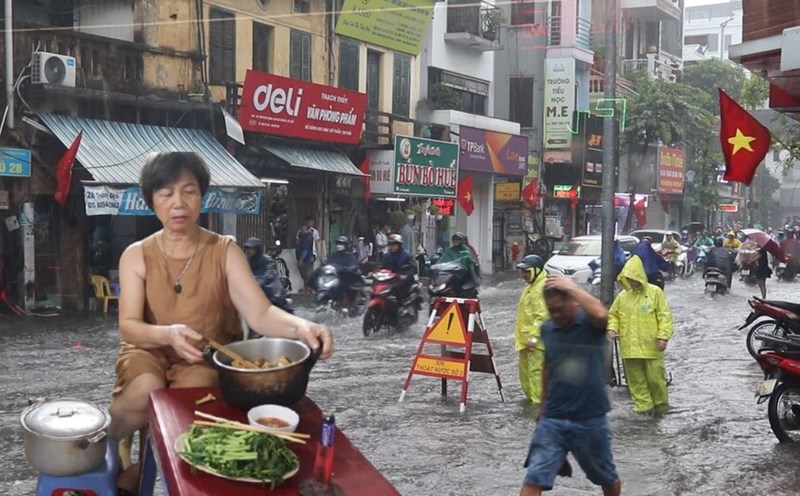Vietnamese press in the flow of technology
Modern users not only require quick information but also want content to be intuitive, easy to understand and suitable for personal needs. Faced with fierce competitive pressure from social networks, automatic news platforms and the application of artificial intelligence, traditional journalism is forced to change the methods of production, distribution and content management.
Many major publishing houses in Vietnam are stepping up the application of modern journalism models such as data journalism, explanatory journalism, mobile journalism and multimedia content. In addition, AI is increasingly playing the role of a "smart assistant" in the working process: From suggesting topics, analyzing reader trends, editing content to supporting optimization of SEO and personalizing the reader experience.
Many press agencies have formed digital production teams, multimedia groups, and especially "digital reporters" - those who not only write articles but also record, create videos, create graphics and manage digital content using mobile devices and cloud computing tools.
However, the transformation journey is not only a story of technology, but a fundamental change in journalism thinking - where journalists are no longer the only content creator, but a link in the value chain of news digitization.
Every reporter is a producer
As a reporter at the Multimedia Center - Lao Dong Newspaper, I have witnessed the strong transformation of the newsroom in the face of technology.
Previously, the process of making newspapers often stopped at collecting information, writing articles and waiting for editing. But now, every reporter is a true producer. We not only write but also produce, edit, publish and even self-cks the quality of the article using AI tools.
Lao Dong Newspaper is one of the pioneers in integrating AI into the content management system (CMS). Thanks to that, after completing an article, I can immediately receive automatic feedback from the system about grammatical errors, duplication, unoptimized keywords or unattractive enough titles. What used to take hours now only takes place in a few seconds.
Not stopping there, AI also helps me significantly improve the reach index of the article. Subjective suggestions, SEO suggestions or even optimal publishing time all help me make newspapers faster, more accurate and closer to readers needs.
Journalism in the AI era does not mean that journalists are replaced, but that journalists are upgraded. Modern tools help us work more effectively, creatively and get closer to our readers. But the most important thing is to still maintain the spirit of journalism something that no technology can replace.










